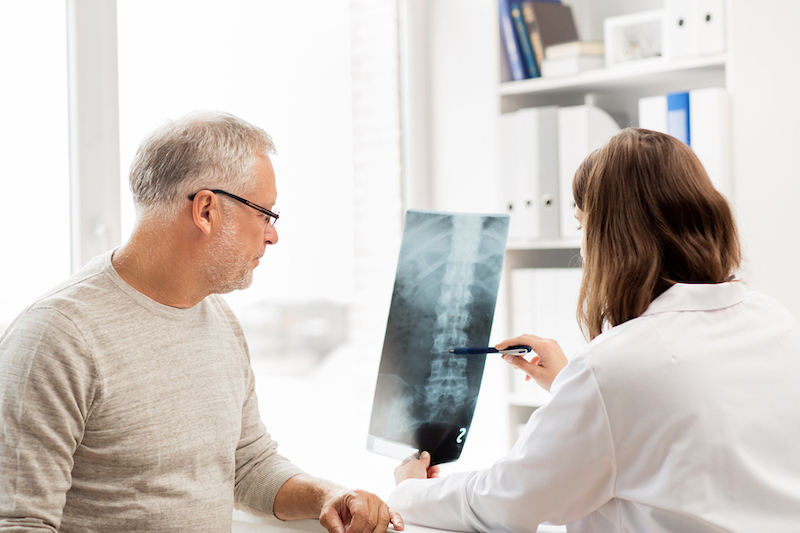A recovery from back surgery can only be completed with physical therapy
Back pain is a class of its own. As the most common painful disorder, about 85% of Americans will experience low back pain at least once in their lives. So if you’ve never dealt with bothersome pain or stiffness in your spine, you are technically part of the minority.
Anyone can get low back pain and it can develop for a variety of reasons, but there are certain factors that increase one’s chances of getting it. These include older age, poor physical fitness, a sedentary lifestyle, being overweight, other diseases like arthritis and cancer, risky occupations that may strain the back, smoking, depression, and anxiety.
Though it can be a bothersome condition that may interfere with your daily life, fortunately, most cases of low back pain will improve over time and with non-surgical, or conservative treatment. Conservative care is strongly recommended in nearly all cases of acute low back pain, and physical therapy is typically regarded as a fundamental component of this approach. Physical therapists implement a variety of interventions that are designed to decrease pain, increase function, and prevent further recurrence, and the majority of patients will notice these benefits as they progress through their program.
But a small percentage of patients don’t respond to physical therapy and continue to experience cumbersome back-related issues. These non-responders may be considered good candidates for surgery because conservative methods have failed to produce satisfactory improvements. Surgery may also be recommended for patients with persistent and disabling pain that’s due to certain conditions, including herniated discs, bone spurs, spinal stenosis, broken bones, or more serious problems like spinal infection and spinal tumors.
Explaining the necessity of physical therapy after surgery
If you fall into one of these groups and come to decide that surgery is the best path forward, your surgeon will explain what to expect before, during, and after your procedure. In particular, your surgeon will tell you that while the surgery itself will correct the anatomical problem that is responsible for your symptoms, it doesn’t guarantee a positive outcome in and of itself. Physical therapy begins as soon as the day after surgery and is regarded as an integral part of the recovery process that strongly increases the chances of success. Post-surgery physical therapy programs vary depending on the procedure and patient, but some of the most common interventions you’re likely to see include the following:
- Pain-relieving modalities: ice, heat, electrical stimulation, and other passive modalities will be administered in the immediate days after surgery to reduce your pain levels
- Stretching exercises: in the first week after surgery, your therapist will teach you gentle stretching exercises for the hamstrings and quadriceps muscles of the thigh; as you continue to heal, you will progress to stretching the back and abdominal muscles as well
- Strengthening exercises: starting in week 2 of your recovery, you will begin basic strengthening exercises to build back the core muscles of your lower back and abdomen; these exercises will also increase in intensity as you progress, with elastic bands, exercise balls, and yoga stretches being incorporated staring around week 6
- Manual therapy: your therapist will probably perform several manual—or hands-on—therapy techniques to increase mobility and alleviate pain, such as massage around the surgical incision, mobilization, and manipulation
- Aerobic exercise: starting around week 9 after surgery, you should be ready to begin engaging in low-impact aerobic exercises, such as brisk walking, swimming, bike riding, and stair climbing; your therapist will guide teach you to perform these activities in the safest possible manner that keeps your risk for reinjury low
While surgery can generally be avoided for most cases of low back pain, as we’ve shown, there are certain circumstances when it may become a necessity. If you decide to have back surgery and want to get back to your pre-injury levels as safely and quickly as possible, physical therapy is the best way to get there, and we can help. Contact us today to learn more or schedule an appointment.

